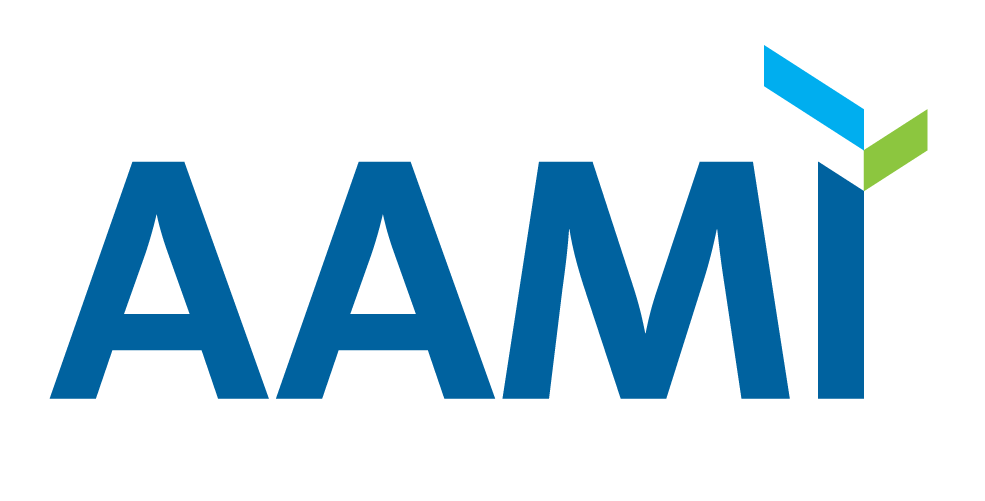Navigating ANSI/AAMI ST108:2023 Guidelines for Water Quality

Upcoming Virtual Courses
Sterilization
Navigating ANSI/AAMI ST108:2023 - Guidance for Water Quality (Feb 2025)
Feb 19 to Feb 19, 2025
Overview
The training will comprehensively cover the content of the document, enabling end-users
to effectively incorporate the recommendations outlined in the new standard.
The
training will adopt a systematic approach, delving into each section of
the document to provide attendees with the necessary information for
successful implementation. Special attention will be given to
emphasizing the significance of an interdisciplinary
team and clarifying the roles and responsibilities of each
team member. Participants will also learn about the importance of
conducting a risk analysis and gain insights into selecting appropriate
water categories for different stages of the
processing sequence.
Additionally, the training
will cover essential topics such as water treatment processes and
systems. Attendees will understand the significance of verifying water
quality parameters during the installation of new water treatment
systems through
the installation qualification process. Furthermore, they
will gain knowledge on the ongoing monitoring of water quality and
preventive maintenance practices.
To ensure comprehensive understanding, the training will conclude by providing guidance on utilizing the informative annexes included in the standard ANSI/AAMI ST108:2023. By the end of the training, participants will be equipped with the knowledge and tools necessary to effectively implement the standard recommendations in their respective contexts.
Objectives
Over the course of two (2) hours, the attendee will be able to:
- Demonstrate an understanding of the significance of maintaining water quality within Central Processing.
- Identify and articulate the requirements for ensuring water quality in the reprocessing of reusable medical devices.
- Recognize indicators that indicate a water quality problem and effectively communicate the potential impact on patients to all levels of management.
